Home>Renovation & DIY>Home Renovation Guides>How To Remove A Granite Backsplash
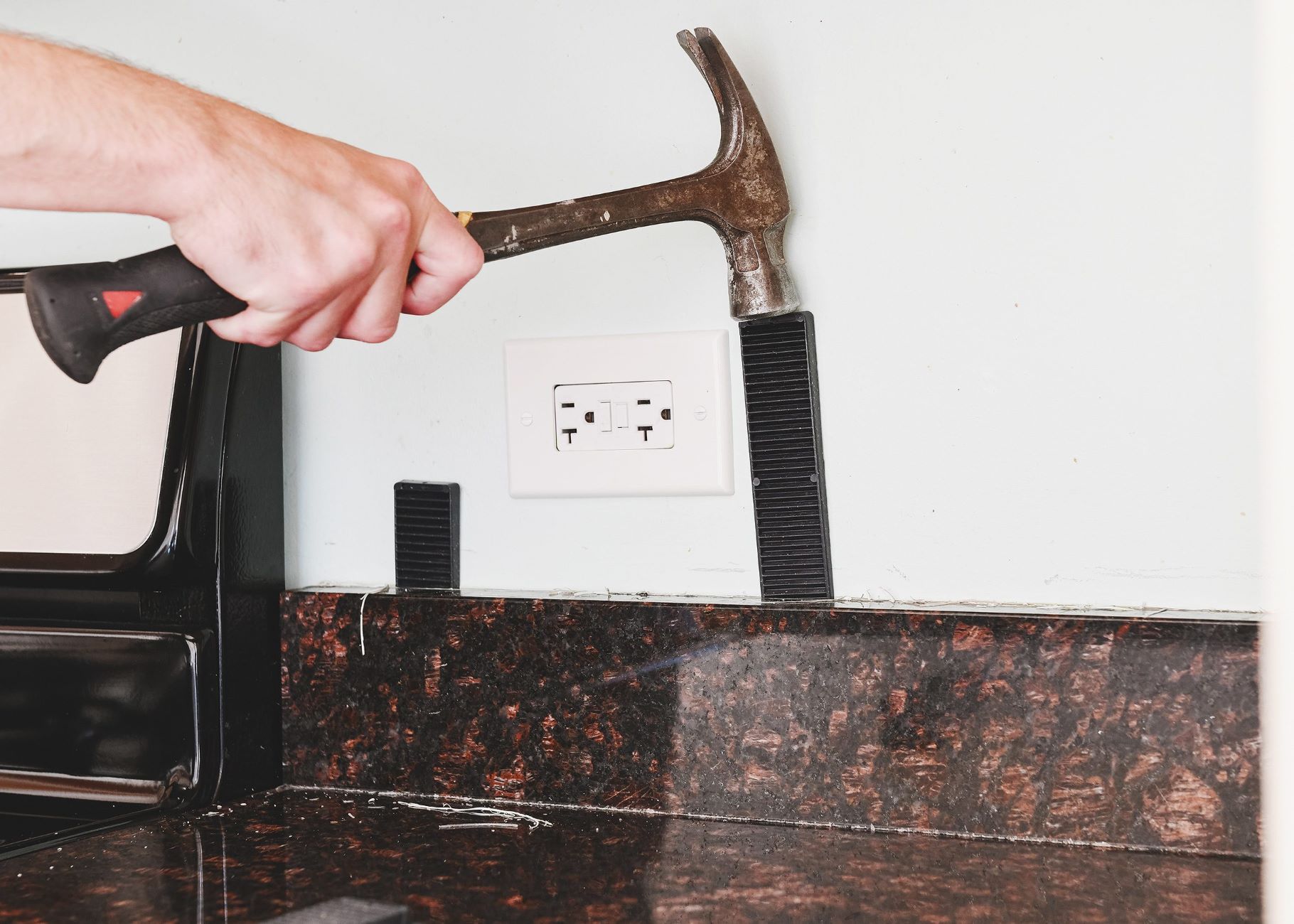

Home Renovation Guides
How To Remove A Granite Backsplash
Modified: February 18, 2024
Learn how to safely and effectively remove a granite backsplash with our comprehensive home renovation guide. Get expert tips and step-by-step instructions. Ideal for DIY enthusiasts.
(Many of the links in this article redirect to a specific reviewed product. Your purchase of these products through affiliate links helps to generate commission for Storables.com, at no extra cost. Learn more)
Introduction
Removing a granite backsplash can breathe new life into your kitchen or bathroom, allowing for a fresh start in your home renovation journey. Whether you're looking to update the aesthetic appeal of your space or need to replace the backsplash due to damage, this comprehensive guide will walk you through the step-by-step process of removing a granite backsplash with ease and precision.
Granite backsplashes are not only visually striking but also durable and functional. However, over time, you may find yourself wanting to change the look of your space, and the backsplash is a great place to start. Before diving into this project, it's essential to gather the necessary tools and materials to ensure a smooth and efficient removal process.
By following the detailed steps outlined in this guide, you'll be equipped with the knowledge and confidence to tackle this home renovation task. From preparing the work area to carefully removing the granite backsplash without causing damage, each step is crucial in achieving a successful outcome. Additionally, we'll cover the importance of cleaning and preparing the wall for the next phase of your renovation project.
As you embark on this journey, keep in mind that patience and attention to detail are key. While the process may seem daunting at first, with the right approach and guidance, you'll be well on your way to transforming your space and creating a fresh canvas for your desired design aesthetic.
So, roll up your sleeves, gather your tools, and let's dive into the step-by-step process of removing a granite backsplash to revitalize your kitchen or bathroom space.
Key Takeaways:
- Removing a granite backsplash requires patience and precision. Gather the right tools, prepare the area, and carefully loosen and remove the backsplash to revitalize your kitchen or bathroom space.
- After removing the granite backsplash, clean and prepare the wall for the next phase of your renovation project. Finish the wall surface with paint or a new backsplash to bring your design vision to life.
Read more: How To Remove Grease From Granite Backsplash
Step 1: Gather the necessary tools and materials
Before embarking on the task of removing a granite backsplash, it's crucial to gather all the essential tools and materials to ensure a smooth and efficient process. Here's a comprehensive list of what you'll need:
Tools:
- Safety Gear: Safety should always be a priority. Equip yourself with safety goggles, work gloves, and a dust mask to protect your eyes, hands, and respiratory system from debris and dust.
- Pry Bar: A sturdy pry bar will be essential for loosening the backsplash from the wall without causing damage.
- Putty Knife: This tool will come in handy for carefully removing caulk and adhesive from the edges of the backsplash.
- Hammer: A hammer will be useful for gently tapping the pry bar and aiding in the removal process.
- Utility Knife: Use a utility knife to cut through any caulking or adhesive that may be securing the backsplash to the wall.
- Screwdriver: Depending on the installation method, a screwdriver may be needed to remove any screws holding the backsplash in place.
- Pliers: These will be useful for gripping and removing any fasteners or hardware attached to the backsplash.
- Bucket: Have a bucket or container on hand to collect any debris and keep the work area tidy.
Materials:
- Drop Cloth or Tarp: To protect the countertop and surrounding area from debris and scratches, lay down a drop cloth or tarp.
- Adhesive Remover: Depending on the type of adhesive used, you may need an adhesive remover to dissolve and loosen the adhesive securing the backsplash.
- Caulk Remover: If the backsplash is sealed with caulk, a caulk remover will aid in softening and removing the caulk for a clean separation.
- Plastic Putty Knife: Opt for a plastic putty knife to avoid scratching or damaging the surrounding surfaces during the removal process.
- Cleaning Supplies: Once the backsplash is removed, you'll need cleaning supplies such as a mild detergent, sponge, and clean cloths to prepare the wall for the next phase of your renovation project.
By ensuring that you have all the necessary tools and materials at your disposal, you'll be well-prepared to tackle the task of removing a granite backsplash with confidence and precision. With the right equipment in hand, you can proceed to the next step of preparing the work area for the removal process.
Step 2: Prepare the work area
Preparing the work area is a crucial preliminary step before diving into the process of removing a granite backsplash. By taking the time to set the stage for the task at hand, you can ensure a smooth and organized removal process while safeguarding the surrounding surfaces from potential damage. Here's a detailed guide on how to prepare the work area effectively:
Read more: How To Choose Backsplash With Granite
Clear the Surrounding Space
Begin by clearing the countertop and the immediate area surrounding the backsplash. Remove any small appliances, kitchenware, or decorative items to create a clear and unobstructed workspace. This step is essential to prevent any items from getting in the way during the removal process and to protect them from debris.
Protect the Countertop
Lay down a durable drop cloth or tarp over the countertop to safeguard it from scratches, debris, and potential damage during the removal process. The drop cloth will serve as a protective barrier, ensuring that the countertop remains unscathed while you work on removing the backsplash.
Ventilation and Lighting
Ensure that the work area is well-ventilated by opening windows or using fans to promote air circulation. Additionally, adequate lighting is essential for a clear view of the backsplash and surrounding areas. Consider using portable work lights or positioning existing lighting to illuminate the work area effectively.
Secure Electrical Outlets
If the backsplash covers electrical outlets, it's crucial to turn off the power to those outlets at the circuit breaker and cover them with electrical tape to prevent any accidental contact during the removal process. Safety should always be a top priority when working around electrical components.
Read more: What Backsplash Goes With Brown Granite
Organize Tools and Materials
Arrange your tools and materials within easy reach of the work area. Having everything organized and readily accessible will streamline the removal process and minimize disruptions as you progress through each step.
Create a Debris Disposal Plan
Set up a designated area for debris disposal, such as a bucket or container for collecting removed caulk, adhesive, and any small fragments that may come loose during the removal process. Keeping the work area tidy and organized will contribute to a more efficient and focused workflow.
By meticulously preparing the work area, you can lay the foundation for a successful granite backsplash removal process. Taking the time to clear and protect the space, ensure safety measures, and organize your tools and materials will set the stage for a smooth and efficient removal process, ultimately leading to a successful home renovation project.
Step 3: Remove the caulk and adhesive
Removing the caulk and adhesive securing the granite backsplash is a critical step in the process of dismantling it from the wall. The caulk and adhesive act as a strong bond between the backsplash and the wall, and effectively addressing these elements will pave the way for a successful removal. Here's a detailed guide on how to effectively remove the caulk and adhesive:
Assess the Caulk and Adhesive
Begin by carefully examining the edges of the granite backsplash to identify the areas where caulk and adhesive are applied. Use a flashlight if necessary to ensure thorough visibility. The caulk is typically applied along the top and bottom edges of the backsplash, while the adhesive may be present behind the entire surface.
Read more: How To Remove A Backsplash
Apply Caulk Remover
If the backsplash is sealed with caulk, apply a high-quality caulk remover following the manufacturer's instructions. The caulk remover will soften and dissolve the caulk, making it easier to remove without causing damage to the wall or the backsplash. Use a plastic putty knife to gently scrape away the softened caulk, ensuring a clean separation between the backsplash and the wall.
Use Adhesive Remover
For the adhesive securing the backsplash to the wall, apply an adhesive remover to loosen its grip. Different types of adhesives may require specific removers, so be sure to select the appropriate product for the job. Allow the adhesive remover to penetrate the adhesive, softening it and making it easier to work with during the removal process.
Carefully Pry and Loosen
Once the caulk and adhesive have been treated with the respective removers, use a putty knife and a pry bar to carefully pry and loosen the edges of the backsplash from the wall. Exercise caution to avoid applying excessive force, as this could result in damage to the wall or the backsplash. Work methodically along the edges, gradually loosening the entire perimeter of the backsplash.
Clean the Exposed Surface
As you remove the caulk and adhesive, take the opportunity to clean the exposed surface of the wall. Use a mild detergent and a sponge to remove any residue left behind by the caulk and adhesive. Thoroughly dry the cleaned area to prepare it for the next phase of the removal process.
By effectively removing the caulk and adhesive, you're one step closer to successfully detaching the granite backsplash from the wall. This meticulous approach ensures that the removal process is carried out with precision and care, setting the stage for the subsequent steps in the renovation project.
Read more: How To Remove Granite Countertops
Step 4: Loosen the granite backsplash
With the caulk and adhesive removed, the next crucial step in removing a granite backsplash is to carefully loosen it from the wall. This process requires precision and patience to ensure that the backsplash is detached without causing damage to the surrounding areas. Here's a detailed guide on how to effectively loosen the granite backsplash:
-
Assess the Attachment Points: Begin by assessing how the granite backsplash is attached to the wall. Depending on the installation method, there may be screws, brackets, or additional adhesive securing the backsplash. Take note of these attachment points to determine the best approach for loosening the backsplash.
-
Gently Tap with a Hammer: Using a hammer and a pry bar, gently tap the pry bar along the bottom edge of the backsplash. The goal is to create a slight separation between the backsplash and the wall. Exercise caution to avoid applying excessive force, as granite is a durable material but can still be susceptible to damage if mishandled.
-
Work Along the Edges: Gradually work the pry bar along the edges of the backsplash, applying gentle pressure to further loosen it from the wall. It's essential to work methodically and patiently, ensuring that the entire perimeter of the backsplash is gradually separated from the wall.
-
Address Attachment Points: If screws or brackets are present, carefully remove them using a screwdriver or pliers. Take note of the location of each attachment point to avoid any oversight. Once the screws or brackets are removed, continue to gently pry and loosen the backsplash from the wall.
-
Use a Putty Knife for Precision: As the backsplash begins to loosen, use a plastic putty knife to carefully insert between the backsplash and the wall. This will help to further separate any remaining adhesive or caulk, allowing for a smoother removal process.
-
Ensure Even Pressure: Throughout the loosening process, ensure that pressure is applied evenly to avoid uneven stress on the backsplash. By maintaining a balanced approach, you can minimize the risk of causing damage to the granite or the wall.
-
Verify Full Loosening: Once the backsplash feels sufficiently loosened, carefully attempt to lift it away from the wall. If there is any resistance, reassess the edges and attachment points to ensure that the backsplash is fully detached.
By following these detailed steps, you can effectively loosen the granite backsplash from the wall, setting the stage for the next phase of the removal process. This meticulous approach ensures that the backsplash is detached with care and precision, laying the groundwork for the subsequent steps in your home renovation project.
Step 5: Carefully remove the granite backsplash
With the granite backsplash effectively loosened from the wall, the careful removal process is the next critical step in this home renovation endeavor. This phase demands precision and attention to detail to ensure that the backsplash is detached without causing any damage to the surrounding areas. Here's a comprehensive guide on how to meticulously remove the granite backsplash:
-
Lift and Support: Begin by gently lifting the loosened backsplash away from the wall. It's essential to provide adequate support as you lift to prevent any sudden movements or potential accidents. Enlist the help of a partner if the backsplash is large or heavy, ensuring a safe and controlled removal process.
-
Inspect for Remaining Adhesive: As the backsplash is lifted, inspect the wall surface for any remaining adhesive or caulk. Use a putty knife to carefully address any residual adhesive, ensuring that the wall is left clean and smooth once the backsplash is fully removed.
-
Gradual Maneuvering: Maneuver the backsplash slowly and steadily, ensuring that it remains parallel to the wall as it is lifted away. Avoid any sudden or jerky movements that could lead to accidental damage to the backsplash or the surrounding areas.
-
Clear the Attachment Points: If the backsplash was secured with screws or brackets, ensure that these attachment points are fully cleared as the backsplash is removed. This will prevent any snagging or resistance during the removal process.
-
Secure Disposal: Once the backsplash is fully removed, carefully place it in a designated area for disposal or relocation. If the backsplash is intended for reuse or repurposing, handle it with care to avoid any chips or breakage.
-
Inspect the Wall Surface: With the backsplash removed, take the opportunity to inspect the wall surface for any remaining debris, adhesive, or caulk. Use a mild detergent and a sponge to clean the wall, ensuring that it is ready for the next phase of your renovation project.
By meticulously following these steps, you can successfully and carefully remove the granite backsplash, setting the stage for the subsequent phases of your home renovation project. This methodical approach ensures that the removal process is carried out with precision and care, ultimately contributing to a successful and satisfying outcome.
Step 6: Clean and prepare the wall
After the successful removal of the granite backsplash, the next crucial step is to meticulously clean and prepare the wall for the subsequent phases of your renovation project. This phase is essential to ensure that the wall surface is smooth, free of debris, and ready to accommodate the new design elements that will enhance your space. Here's a detailed guide on how to effectively clean and prepare the wall:
-
Remove Residual Debris: Begin by inspecting the wall surface for any residual debris, adhesive, or caulk that may have been left behind during the removal process. Use a putty knife or a gentle abrasive pad to carefully address any remaining fragments, ensuring that the wall is free of any obstructions.
-
Clean with Mild Detergent: Prepare a solution of mild detergent and warm water. Use a sponge or a soft cloth to gently clean the wall surface, removing any remaining traces of adhesive, caulk, or general grime. Thoroughly rinse the wall with clean water to ensure that all cleaning residues are removed.
-
Dry the Wall Surface: Once the wall has been cleaned, use a clean, dry cloth to thoroughly dry the surface. It's essential to ensure that the wall is completely dry before proceeding to the next phase of the renovation project, as moisture can affect the adhesion of new materials or coatings.
-
Inspect for Imperfections: Take the time to inspect the wall for any imperfections, such as small dents, scratches, or uneven areas. Address any minor imperfections with a suitable wall repair compound, following the manufacturer's instructions for application and drying times.
-
Sand and Smooth: If necessary, lightly sand the repaired areas to achieve a smooth and even surface. Use a fine-grit sandpaper to gently sand the repaired spots, ensuring that they blend seamlessly with the surrounding wall surface. Wipe away any sanding residues with a clean, dry cloth.
-
Prime the Wall (if applicable): Depending on the upcoming design plans, you may need to prime the wall to ensure optimal adhesion and a uniform finish for the new backsplash or wall treatment. Select a high-quality primer suitable for the wall surface and follow the manufacturer's guidelines for application and drying.
By meticulously cleaning and preparing the wall, you're laying the groundwork for the next phase of your renovation project. This detailed approach ensures that the wall surface is primed and ready to showcase the new design elements that will elevate the aesthetic appeal of your space. With the wall prepared, you're one step closer to bringing your vision to life and achieving a successful home renovation outcome.
Step 7: Finish the wall surface
After meticulously removing the granite backsplash and preparing the wall, the final step in this home renovation endeavor is to finish the wall surface, ensuring that it is primed and ready to showcase the new design elements that will enhance your space. This phase is crucial in achieving a seamless transition from the previous backsplash to the upcoming design features, and it sets the stage for a polished and cohesive aesthetic. Here's a detailed guide on how to effectively finish the wall surface:
-
Select the New Design Element: Before proceeding with the finishing process, it's essential to have a clear vision of the new design element that will adorn the wall. Whether it's a fresh coat of paint, a new backsplash material, or a decorative treatment, understanding the intended outcome will guide the finishing steps.
-
Repair Any Remaining Imperfections: Take a final inspection of the wall surface to address any remaining imperfections. Fill in any small dents, scratches, or uneven areas with a suitable wall repair compound. Smooth and blend the repaired spots to ensure a uniform surface.
-
Priming for Paint or New Backsplash: If the plan involves painting the wall or installing a new backsplash, priming the surface is essential. Select a high-quality primer suitable for the intended design element and apply it according to the manufacturer's guidelines. The primer will enhance adhesion and promote an even finish for the upcoming transformation.
-
Painting the Wall (if applicable): If the design vision includes a fresh coat of paint, select a paint color that complements the overall aesthetic of the space. Apply the paint evenly, using smooth and overlapping strokes to achieve a seamless finish. Allow the paint to dry thoroughly before proceeding with any additional treatments.
-
Installing the New Backsplash: If the plan involves installing a new backsplash, carefully measure and cut the new material to fit the designated area. Apply the appropriate adhesive or mortar, ensuring even coverage, and carefully position the new backsplash. Use spacers to maintain uniformity and allow the adhesive to set according to the manufacturer's instructions.
-
Sealing and Finishing Touches: Once the new design element is in place, apply a suitable sealant or grout to protect and enhance the finished surface. Ensure that all seams and edges are properly sealed to prevent moisture penetration and maintain the longevity of the new installation.
By following these detailed steps, you can effectively finish the wall surface, bringing your vision to life and achieving a cohesive and polished outcome for your home renovation project. This meticulous approach ensures that the wall is primed and ready to showcase the new design elements, ultimately contributing to a successful and satisfying transformation of your space.
Conclusion
In conclusion, the process of removing a granite backsplash is a meticulous yet rewarding endeavor that paves the way for a fresh start in your kitchen or bathroom space. By following the comprehensive steps outlined in this guide, you have gained the knowledge and confidence to tackle this home renovation task with precision and care.
From gathering the necessary tools and materials to meticulously preparing the work area, addressing the caulk and adhesive, and carefully removing the granite backsplash, each step is crucial in achieving a successful outcome. The attention to detail and patience exercised throughout the process are key factors in ensuring that the removal is carried out smoothly and without causing damage to the surrounding areas.
Furthermore, the emphasis on cleaning and preparing the wall sets the stage for the seamless transition to the next phase of your renovation project. By meticulously addressing any imperfections, priming the wall, and finishing the surface according to your design vision, you are poised to elevate the aesthetic appeal of your space and bring your vision to life.
As you embark on this journey, remember that each step is an opportunity to infuse your personal touch and creativity into your living space. Whether you are planning to install a new backsplash, introduce a fresh coat of paint, or explore decorative treatments, the removal of the granite backsplash marks the beginning of an exciting transformation.
Ultimately, the successful removal of the granite backsplash opens the door to endless possibilities for rejuvenating your kitchen or bathroom. Embrace the process, stay patient, and revel in the satisfaction of witnessing your space undergo a remarkable evolution.
With the wall prepared and the stage set for the next phase of your renovation project, you are well-equipped to embark on the journey of bringing your design vision to fruition. The removal of the granite backsplash marks a significant milestone in your home renovation endeavor, and the meticulous approach you have taken ensures that the subsequent phases will unfold seamlessly, leading to a space that reflects your unique style and vision.
So, as you move forward with your renovation project, carry with you the knowledge and confidence gained from this guide, and let your creativity and passion guide you as you transform your space into a reflection of your personal style and aspirations.
Frequently Asked Questions about How To Remove A Granite Backsplash
Was this page helpful?
At Storables.com, we guarantee accurate and reliable information. Our content, validated by Expert Board Contributors, is crafted following stringent Editorial Policies. We're committed to providing you with well-researched, expert-backed insights for all your informational needs.
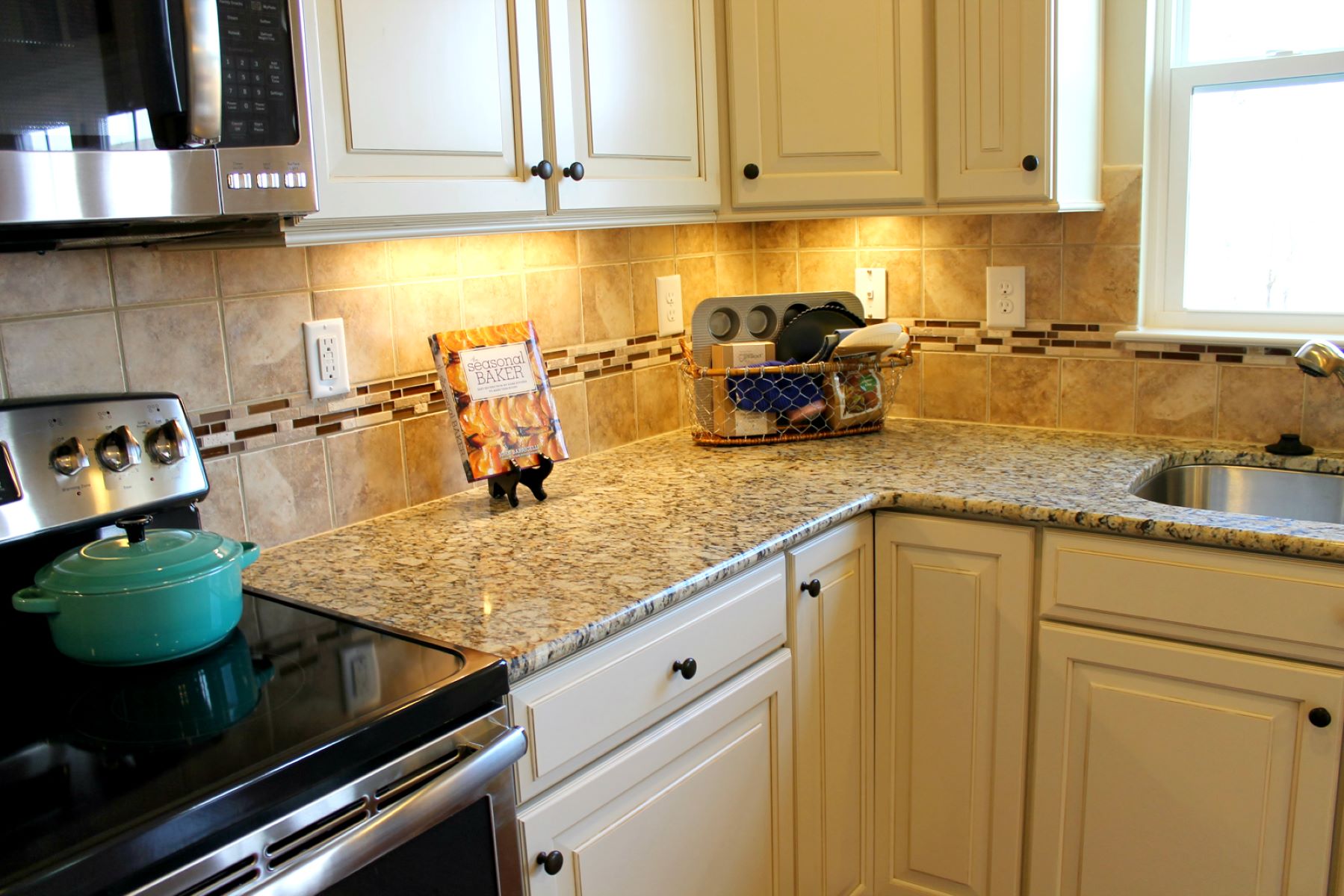
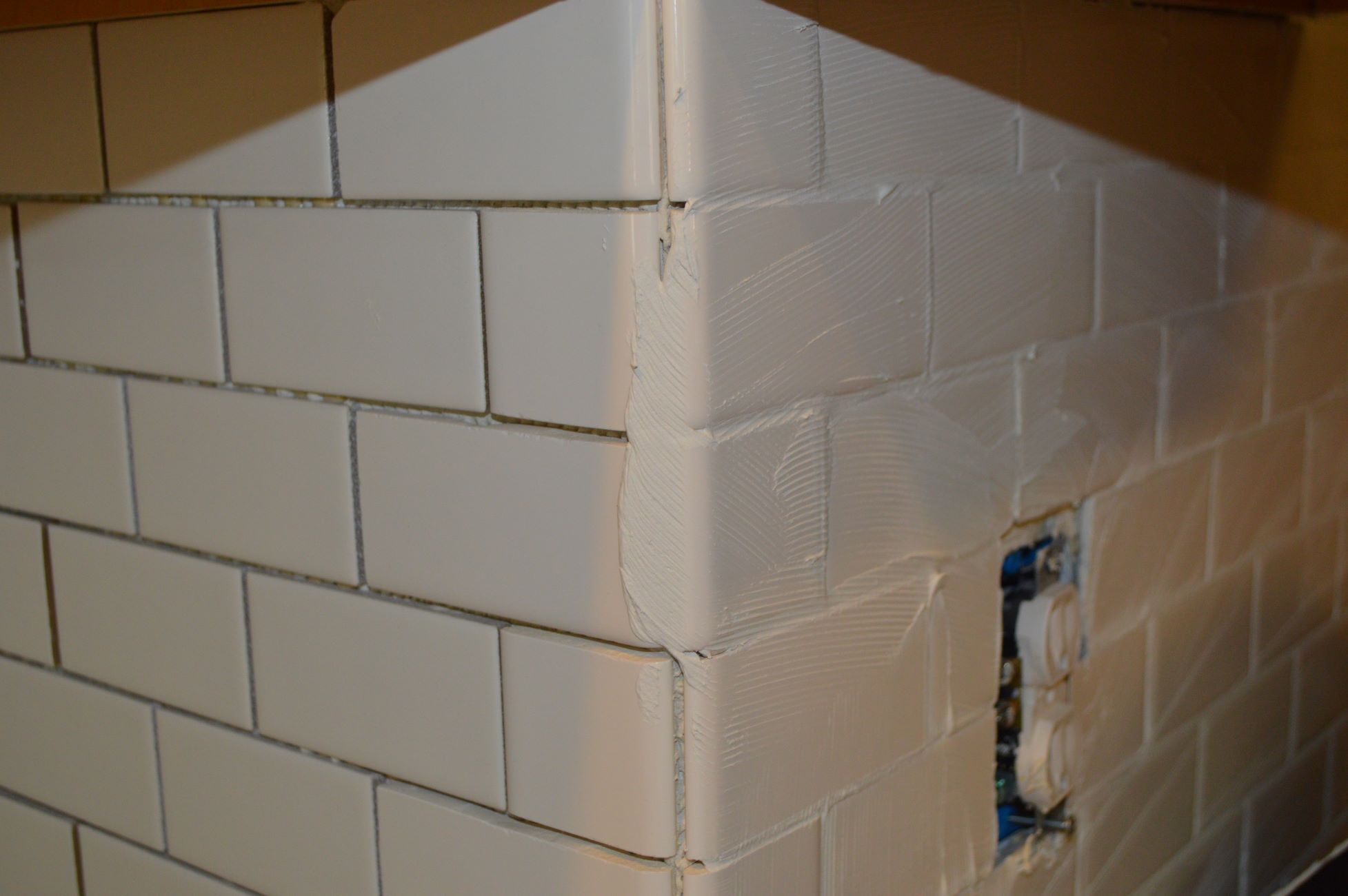
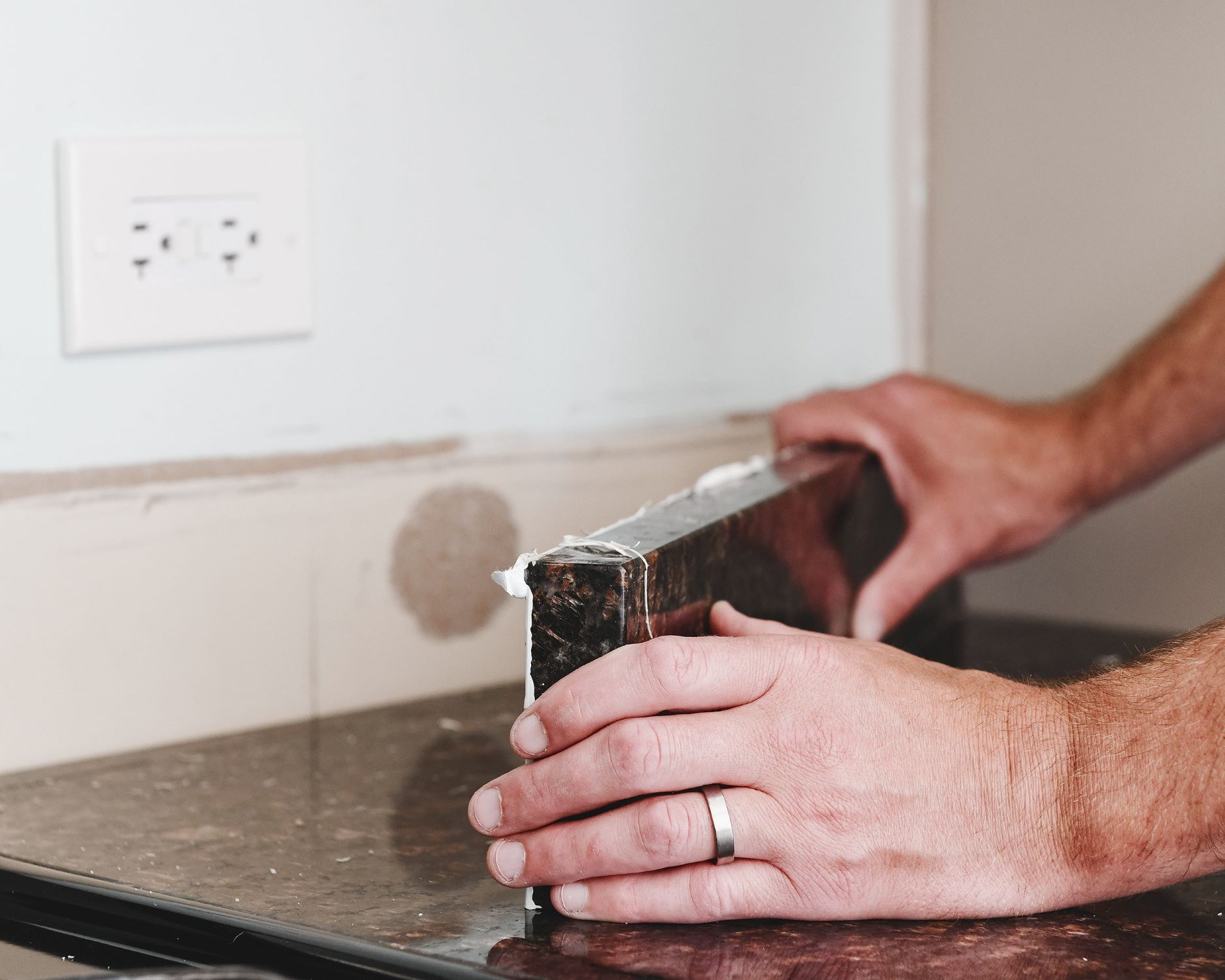
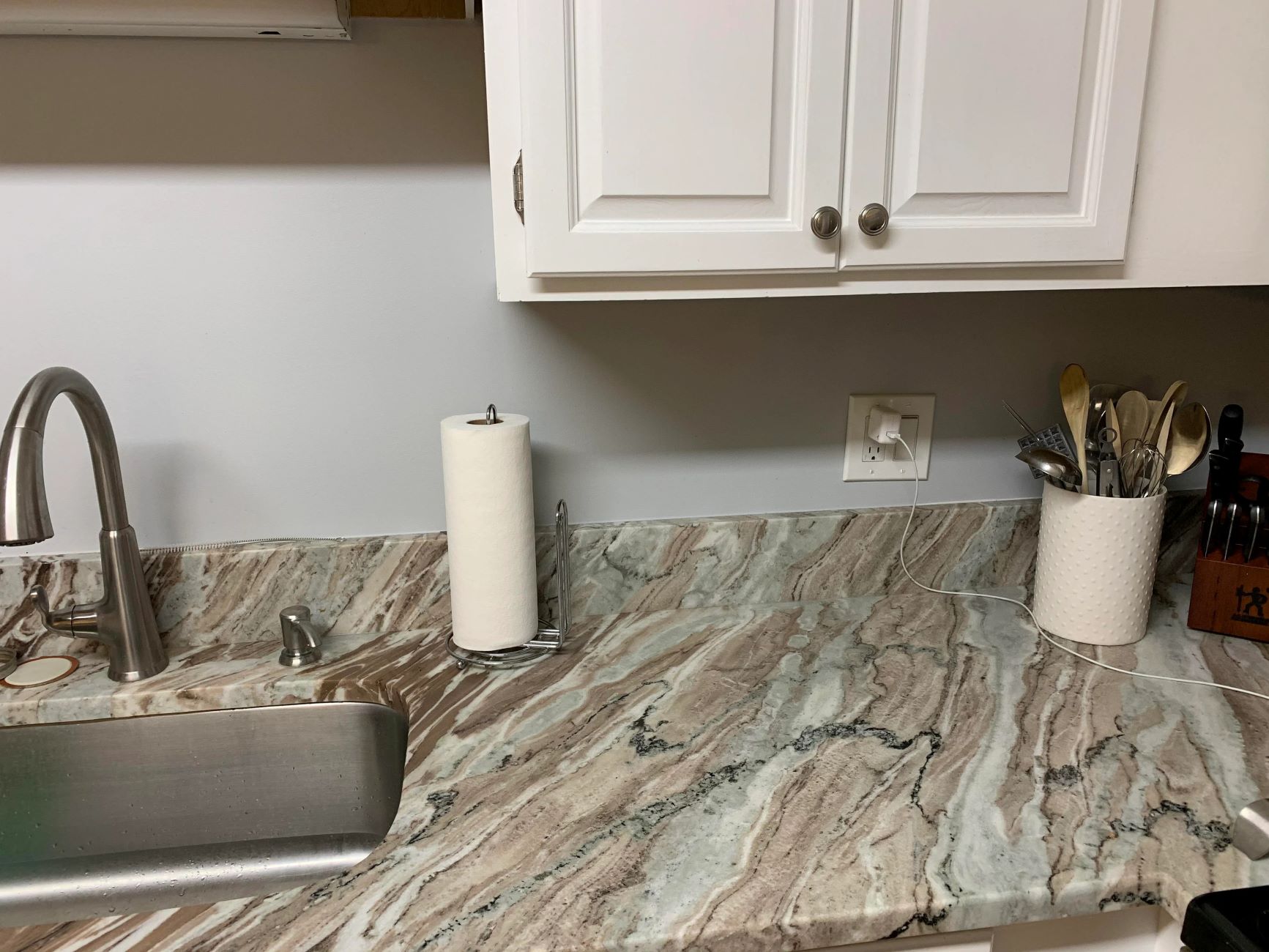
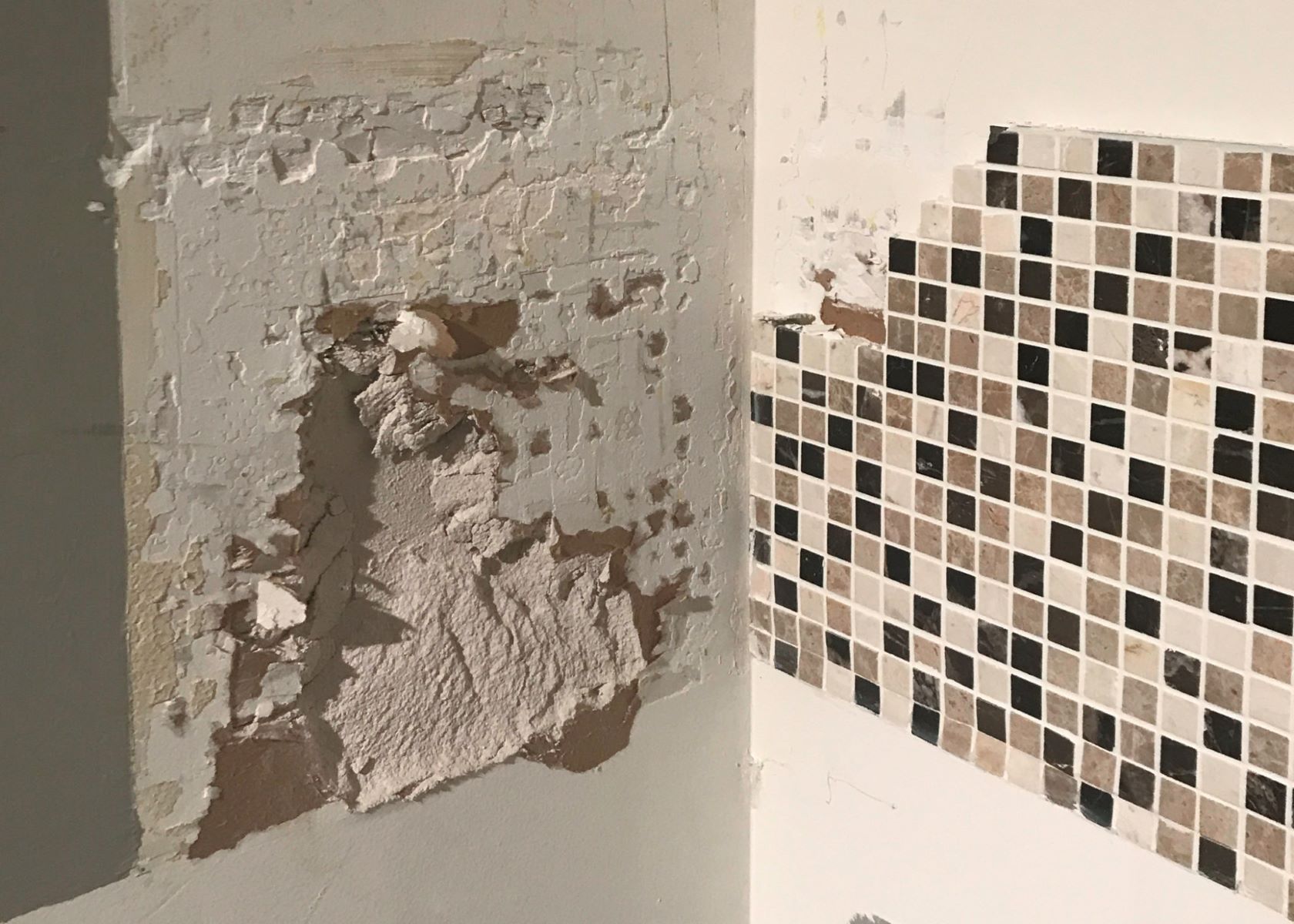
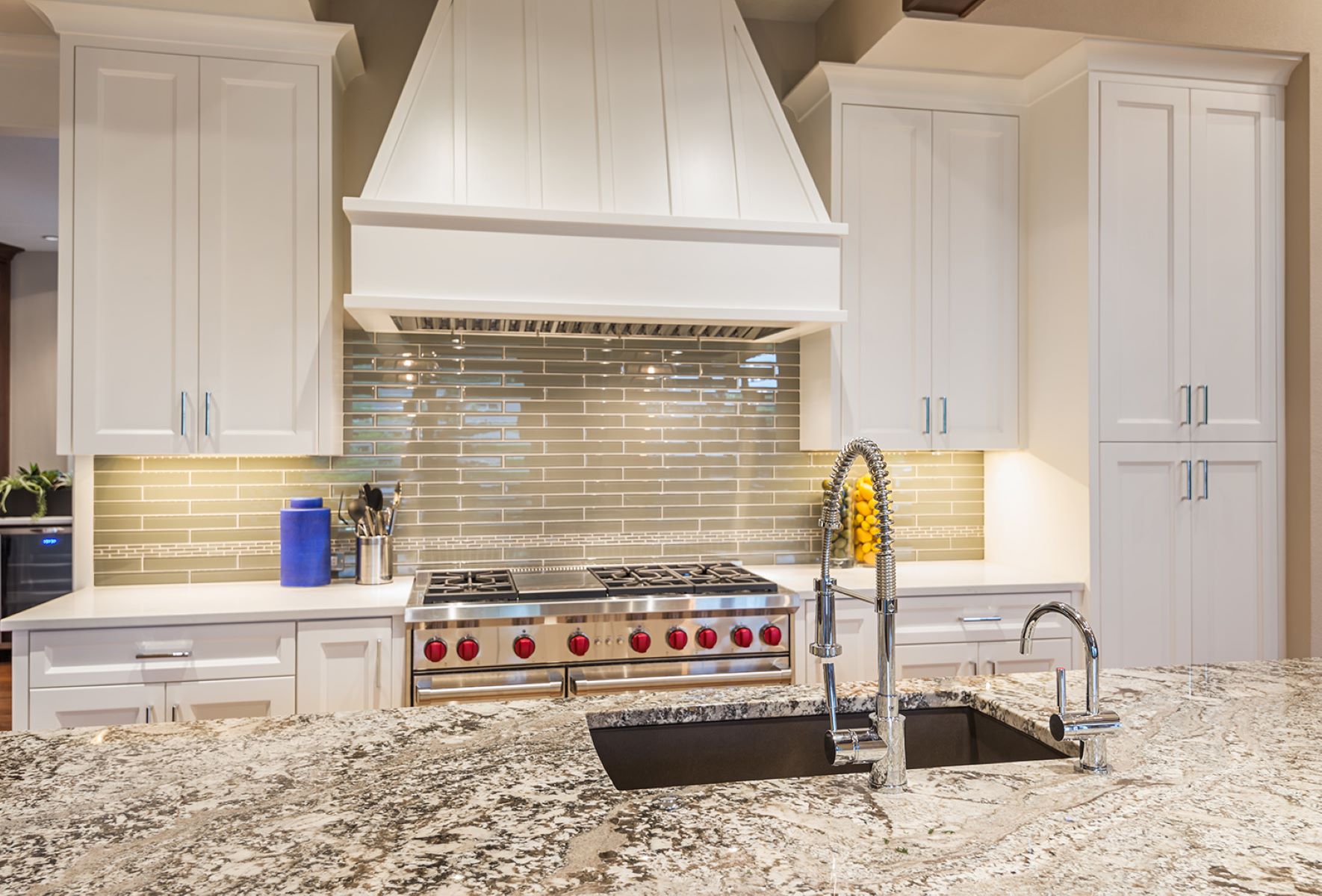
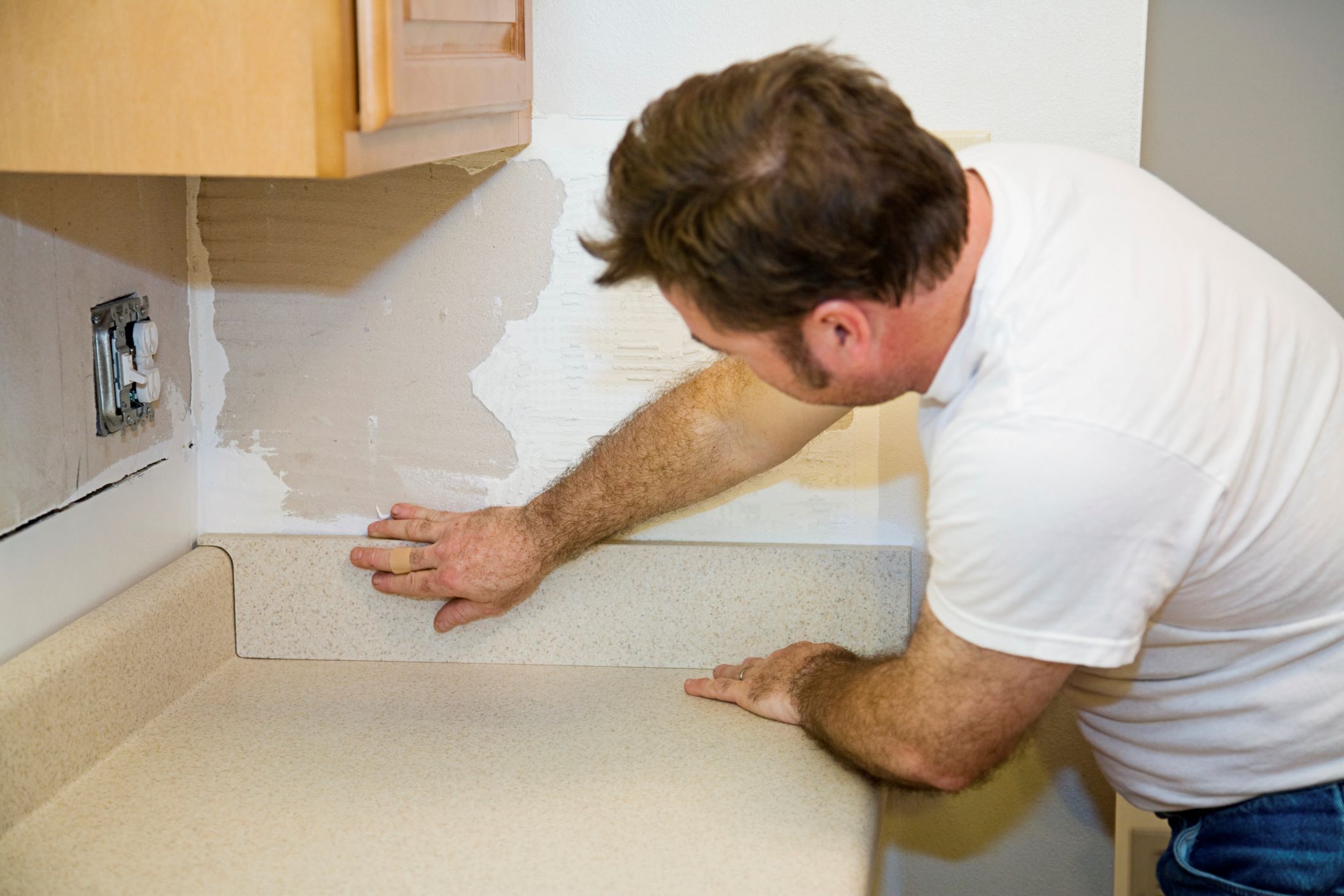
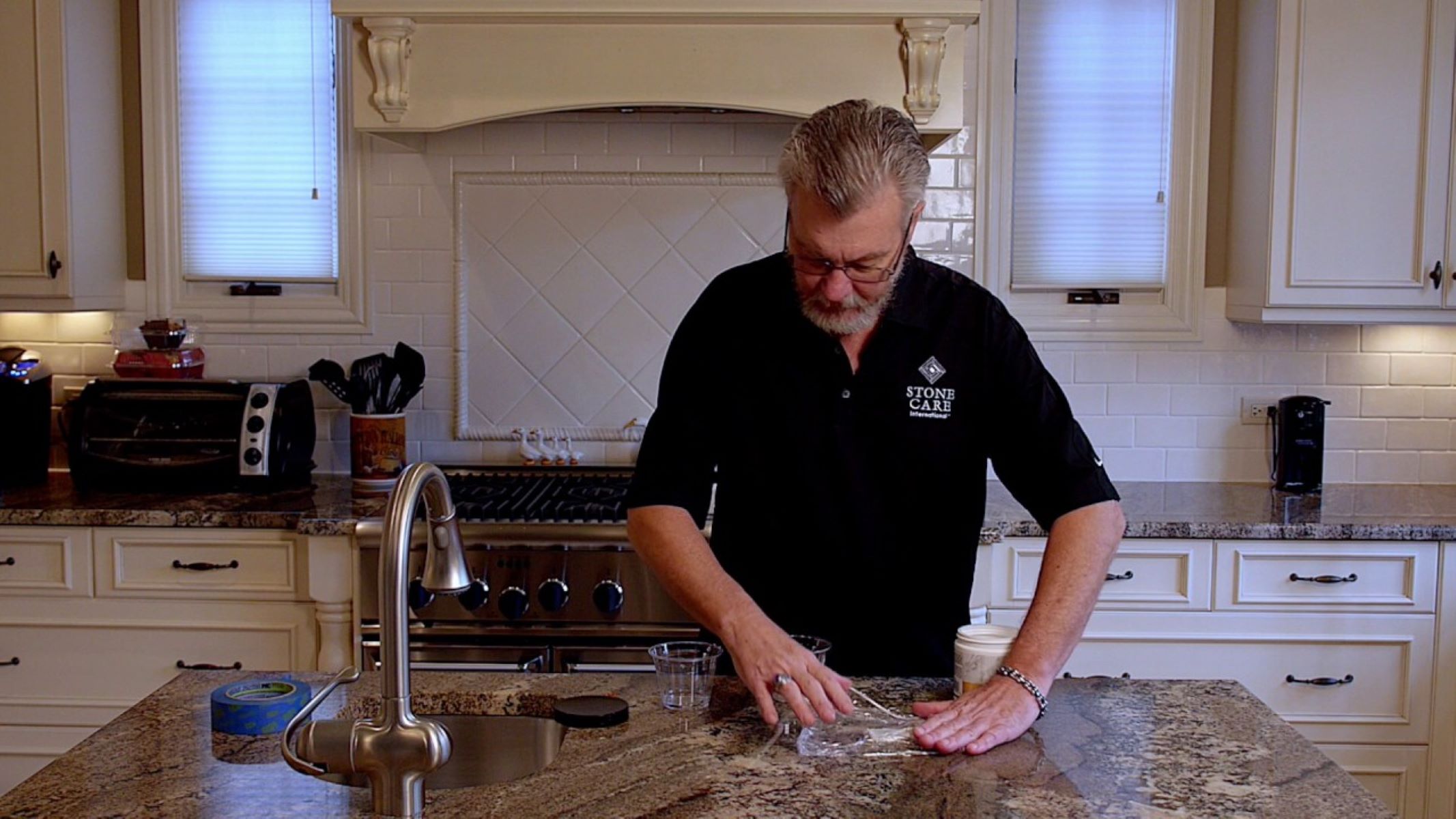
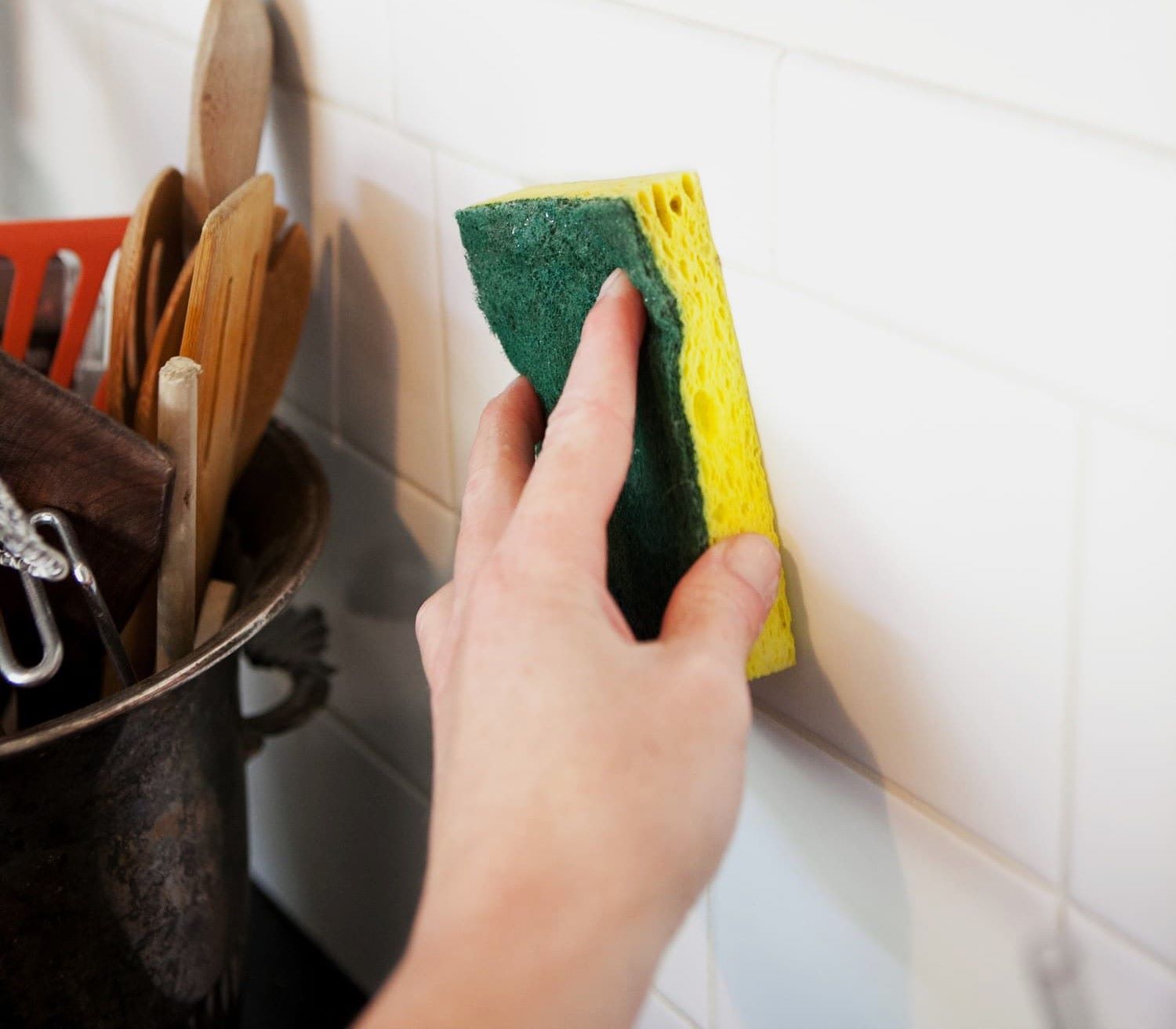
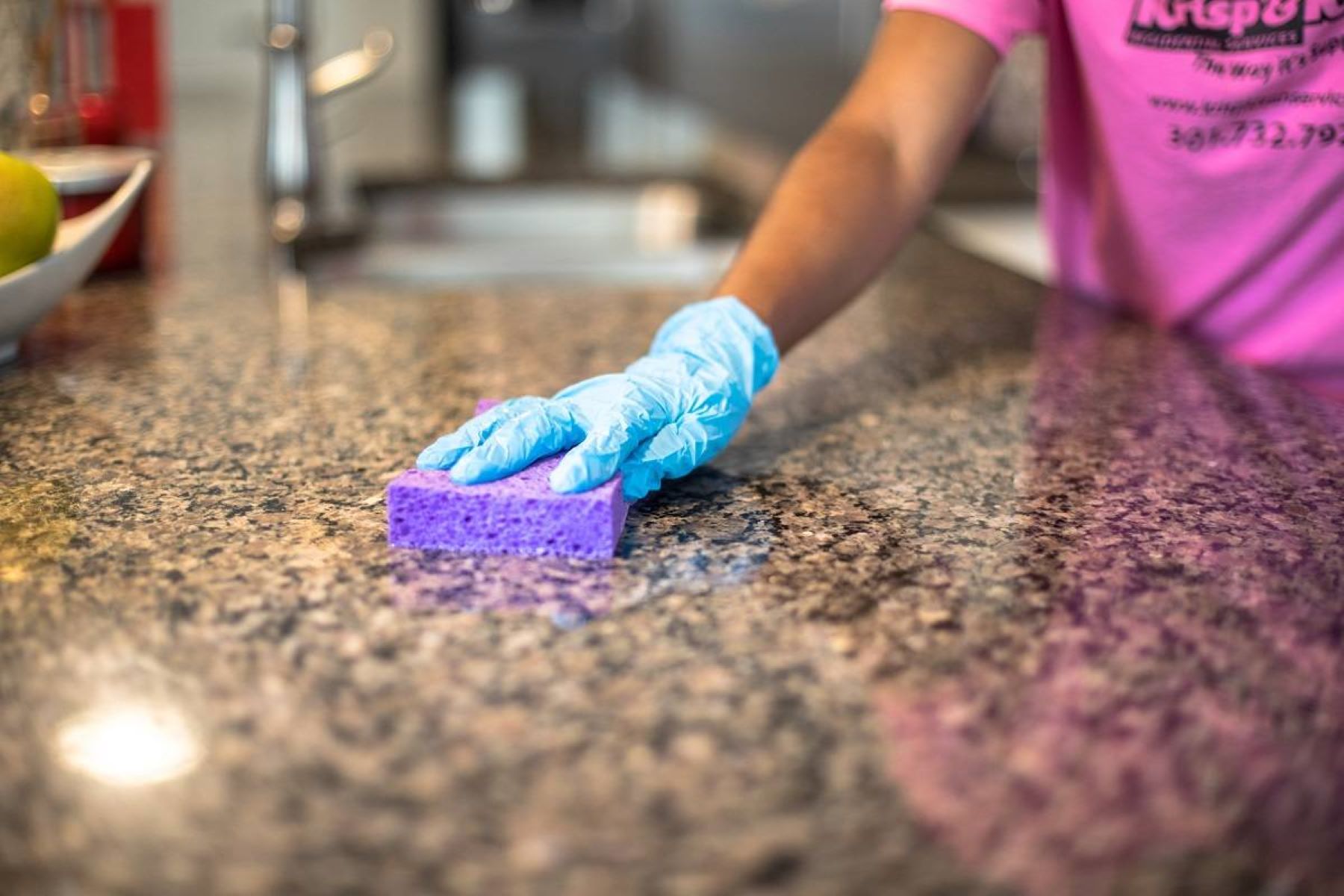

0 thoughts on “How To Remove A Granite Backsplash”